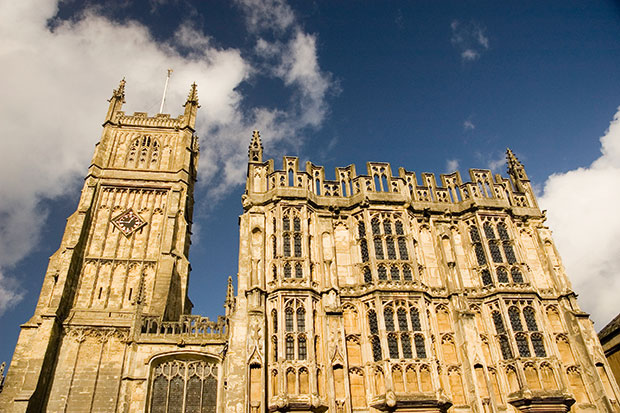Everywhere you look in Cirencester there’s another animal: a cockerel, a hare, a sheep or a skulking lioness. I rather fancied the big beasts that chase each other lustily around the Roman mosaics in the Corinium Museum, home to one of the liveliest archaeological collections I’ve ever seen.
The Romans of first-century Cirencester (Corinium) strike me as having been a fun-loving, optimistic bunch — so much of what they left behind honours Bacchus, the wine god, and Mercury, god of commerce. They made some fantastically modern things. One could easily mistake the model of Mercury’s cockerel (the herald of a new day), found in a Roman grave, for a Picasso.
Beyond cockerels, historic Cirencester owed much of its success to its sheep. Both Cirencester Parish Church of St John Baptist and the former abbey were built with money raised from trade in local wool.

Get Britain's best politics newsletters
Register to get The Spectator's insight and opinion straight to your inbox. You can then read two free articles each week.
Already a subscriber? Log in







Comments
Join the debate for just $5 for 3 months
Be part of the conversation with other Spectator readers by getting your first three months for $5.
UNLOCK ACCESS Just $5 for 3 monthsAlready a subscriber? Log in